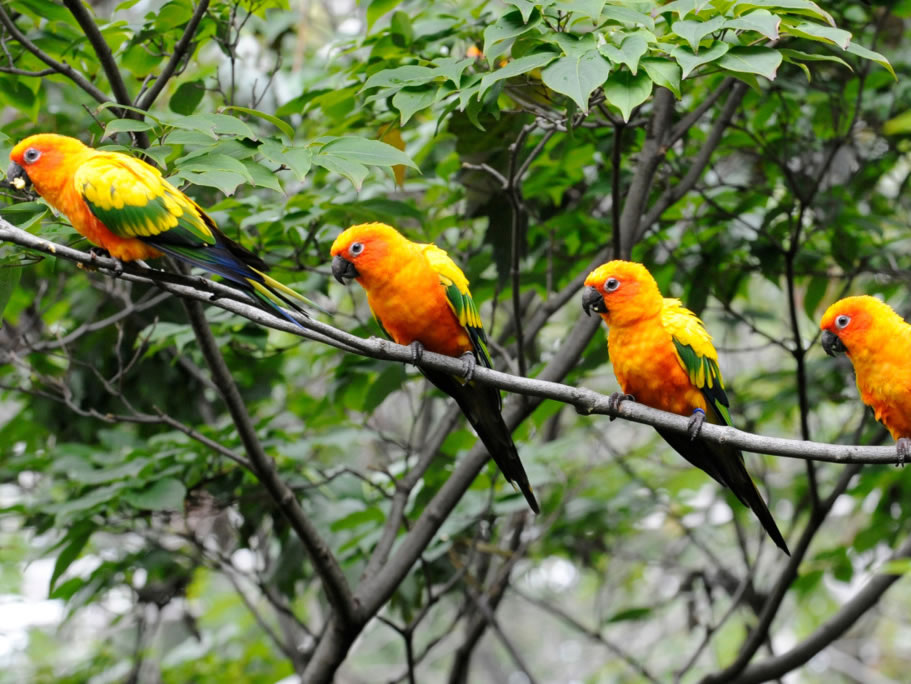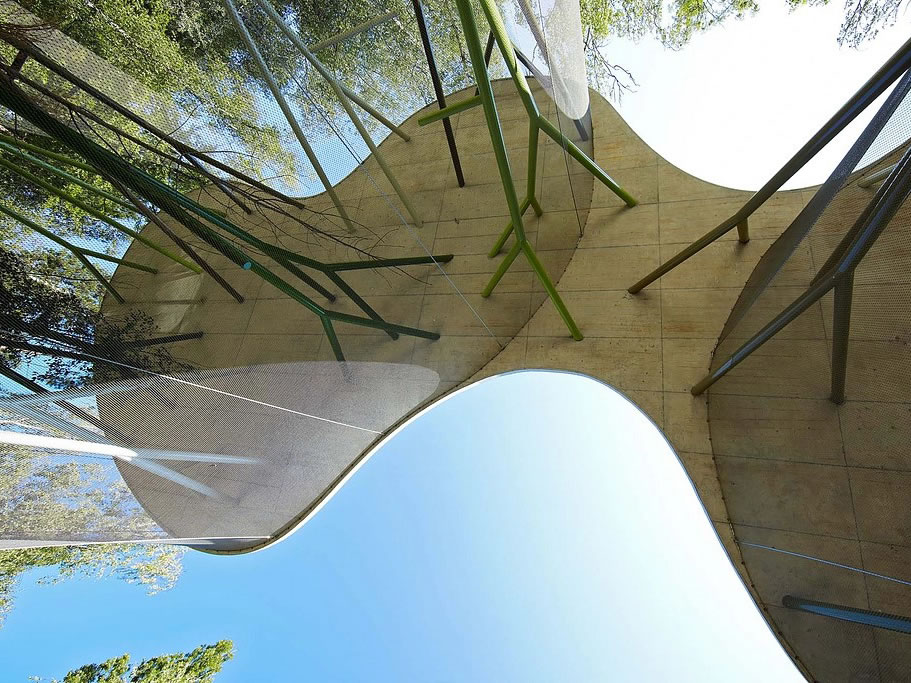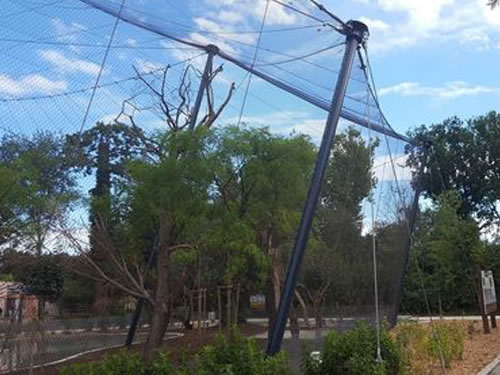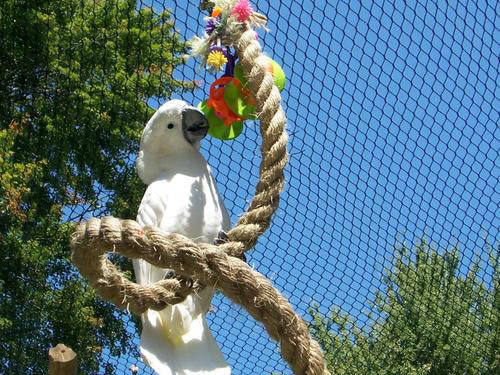The following aspects can be considered when choosing a Aviary Netting:
Stainless steel net: high strength, corrosion resistance, good durability, can withstand bad weather and bird pecking, such as 304 stainless steel, suitable for long-term outdoor birdhouses. Hand-woven stainless steel nets are both safe and beautiful, and can also ensure air circulation and natural lighting.
Wire mesh: low price, easy to process and install, but galvanized treatment should be selected to enhance corrosion resistance; no burrs and smooth edges are required to avoid hurting birds, suitable for simple birdhouses with limited budgets, but the durability is inferior to stainless steel nets.
Plastic flat net: light weight, low cost, available in a variety of colors, resistant to acid, alkali and salt erosion, flat net surface without burrs; but relatively weak strength, suitable for small, less aggressive birds, or as a brooding net (such as a mesh of about 0.8 cm, to prevent foot jams and facilitate feces leakage).

Aviary Netting
Determined by bird species:
Small birds (such as munias, etc.): The mesh size should be small to prevent escape and entrapment, usually no more than 1 cm × 1 cm, and mesh sizes of about 0.8 cm are also commonly used.
Medium-sized birds (such as parrots, etc.): The mesh size can be slightly larger, but it must also be ensured that the birds will not drill out. Generally, 1-2 cm is appropriate.
Large birds: The mesh size can be larger, and at the same time, it must be matched with a material of sufficient strength to prevent the birds from destroying and escaping.
If you want to prevent natural enemies such as rats and weasels, the mesh size should not be too large. For example, if you are raising pigeons, choose a 2 cm × 10 cm mesh size to prevent them from drilling in.

Zoo Animal Fence
Considering the activity and impact of birds, large or active birds (such as parrots) should choose a net with thick wire diameter and high strength (such as a net with a wire thickness of 3.5 mm) to withstand pecking and collision;
For outdoor birdhouses, weather-resistant and UV-resistant materials should be selected to resist wind, sun and rain, and extend the service life. Stainless steel nets, high-quality galvanized wire mesh, and some plastic flat nets (such as aging-resistant plastic nets) meet the requirements.
The net surface should be flat, without burrs or sharp edges to prevent scratches and stabbing of birds;
It should be installed firmly to prevent the bird from loosening the net due to activity, resulting in the risk of escape or bird jam;
If there are metal parts, they should be treated with rust prevention to prevent rust from affecting the strength and polluting the birdhouse.
Birdhouse design: Choose the net according to the size and shape of the birdhouse. You can customize the cut net (such as customizing the coil according to the size of the birdhouse) to reduce waste and cost, and can also adapt to special shapes of birdhouses;
Environmental factors: In humid and rainy areas, choose a highly corrosion-resistant net (such as a stainless steel net, a galvanized wire mesh); in hot areas, choose a well-ventilated net (such as a stainless steel net, a plastic flat net with a reasonable mesh) to ensure air circulation in the birdhouse.

Aviary netting for parrots
Balance quality and price. Cheap wire mesh has a low initial cost, but may need to be replaced frequently; high-quality nets such as stainless steel mesh have a high cost, but good durability, and are more cost-effective in the long run;
Choose according to needs. For ordinary small birds, choose a plastic flat net or wire net with high cost performance; for precious and large birds, choose a high-quality stainless steel net to ensure safety and health.
For example, if you are raising small munias, you can choose galvanized wire mesh with small mesh and no burrs, or plastic flat mesh with suitable mesh if your budget is limited. If you are raising large parrots, it is best to choose hand-woven stainless steel mesh to ensure strength, safety and durability.
 The Perfect Fit: Choosing Aviary Mesh Size for Different Bird Species
The Perfect Fit: Choosing Aviary Mesh Size for Different Bird Species
 Beyond Bars: Why Stainless Steel Rope Mesh is Revolutionizing Bird Enclosures
Beyond Bars: Why Stainless Steel Rope Mesh is Revolutionizing Bird Enclosures
 The Unsung Hero of Bird Havens: Why Aviary Netting Matters More Than You Think
The Unsung Hero of Bird Havens: Why Aviary Netting Matters More Than You Think
 How to choose Aviary Netting
How to choose Aviary Netting